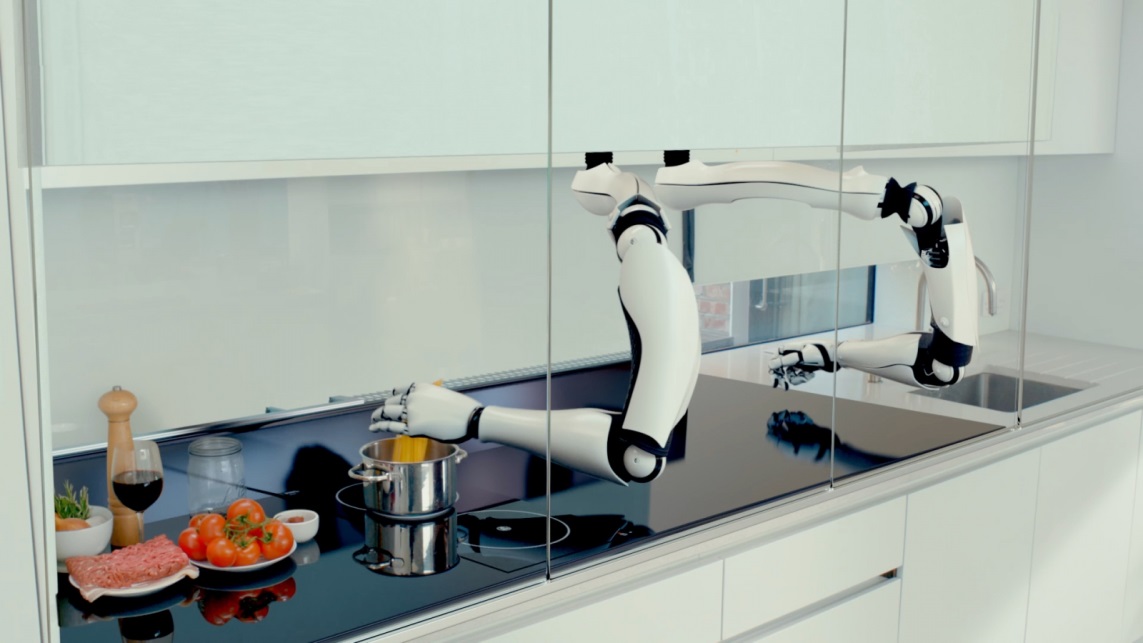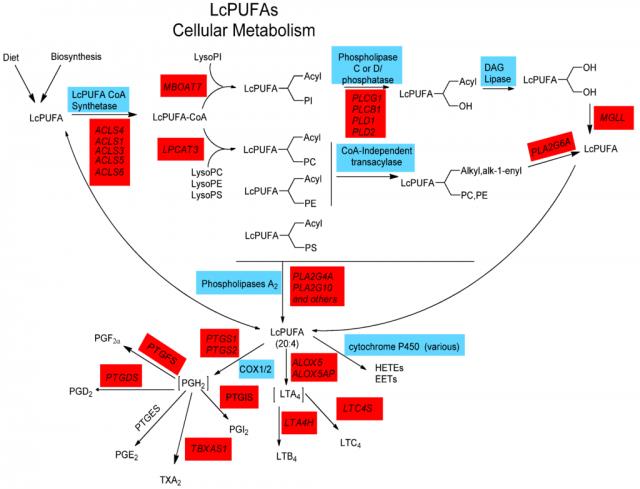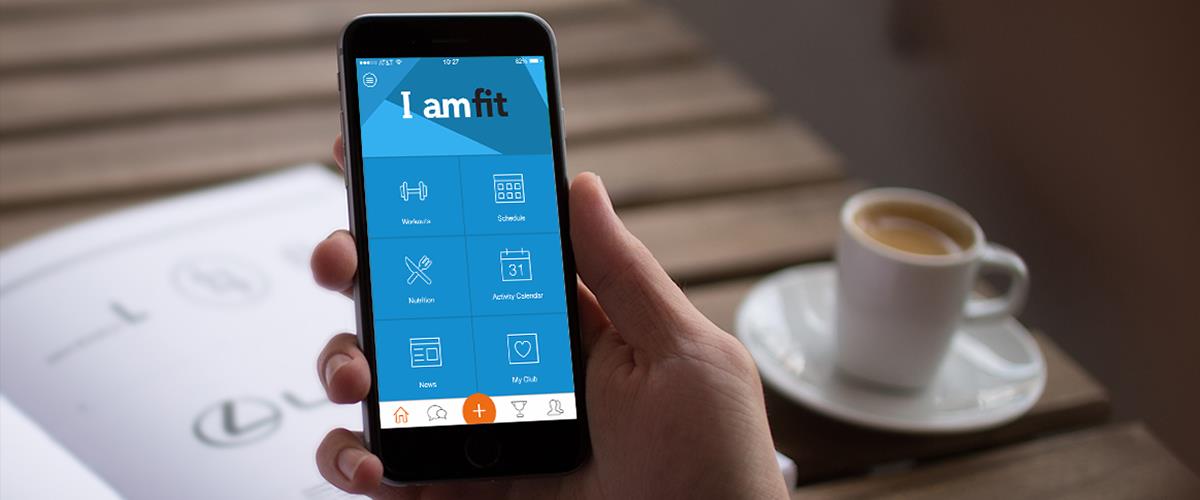
As scientists undertake the massive task of decoding the human genome, experts are learning much about the interaction between the genetic code and nutrition and, notably, that the USDA-certified food pyramid is wrong. Findings have proven that establishing an ideal diet for a person is vastly more complicated than previously imagined and, in truth, what’s optimal for one person may be entirely toxic to another, depending on any number of genetic mutations. The smart nutrition revolution aims to marry nutritional information with artificial intelligence to transform the way we eat.
The tangled web of 25,000 human protein-coding genes that constitute gene-diet interactions is so complex that it is currently beyond the scope of human understanding. Fortunately, when it comes to personalized diets based on genetic mutations, artificial intelligence machine forms are uniquely suited for digesting these massive codes and crafting personalized genome-based diets. The smart nutrition revolution aims at outsourcing our dietary choices to artificial intelligence through the use of smart refrigerators that choose menus for us, nutritional apps, and virtual assistants that can play a commanding role in what we choose to eat.
 An example of the complexity behind gene-diet interactions
An example of the complexity behind gene-diet interactions
Software solutions that create personalized genetic diets are already in the market, but the technology is so new that people must often pay a premium price for the plan. One of the leading companies in the field, Pathway Genomics, offers a variety of genetic testing packages to consumers, including the PathwayFit report for $599. The test analyzes a person’s saliva sample for over 75 genetic markers known to be associated with diet, exercise, and a number of health conditions. The report provides insight into how your body processes sugars, fats, vitamins, and nutrients and includes an analysis on how your body responds to exercise based on your genetics.
A more affordable option comes in the form of the $12 smartphone app DNA Doctor , a biostatus health app that uses your raw genetic data from 23andMe, Ancestry DNA, or Family Tree DNA to create a personalized genetic report. The app analyzes over 250 genetic mutations to help users determine an appropriate diet, exercise according to personal genetics, and even discover hidden personality traits.
Google’s Im2Calories tool uses machine learning and artificial intelligence to identify the food in a picture and work out its size to calculate its calorie count. Google says it is still developing the technology and researching algorithms, so it will likely be some time before Im2Calories appears in the app store.

Smart nutrition further aims to target food consumers at the source — in this case, the kitchen. Samsung is making a monumental push to get smart technology into mainstream homes across the country. The Samsung Family Hub smart refrigerator aims to delight and upgrade the modern chef, using cameras and smart home technology to keep users informed in the kitchen. Armed with a 21-inch touchscreen and Tizen operating system, the fridge uses three strategically positioned cameras throughout its interior to keep tabs on items, notifying users when it’s time to purchase more eggs or to stay away from milk that’s been in the fridge too long. While the big marketing push for Smart Hub proclaims its entertainment features, like built-in Bluetooth speakers for music listening, the fridge comes equipped with software for choosing healthy recipes and the ability to seamlessly order ingredients from online retailers.
The integration of a network of smart nutrition technologies will be the key to its success with the masses. When smart refrigerators are loaded with apps possessing knowledge of unique family genomes and use AI to suggest recipes accordingly, the smart nutrition revolution will commence. Using AI, nutrition can become an absentminded routine, taking all of the guesswork out of healthy living.
Sources: Extreme Tech 1 , Extreme Tech 2 , Pathway
Advertisement
Learn more about Electronic Products Digital





